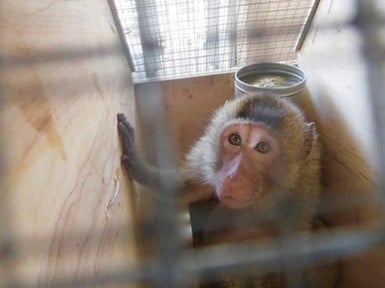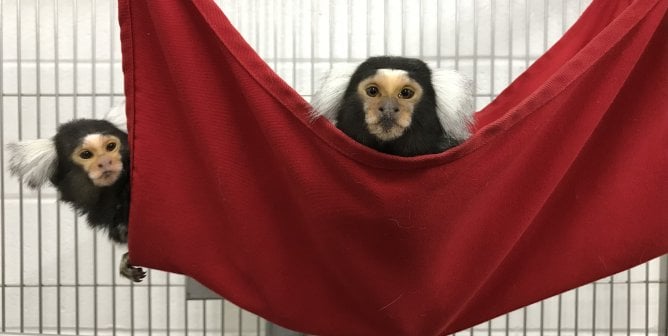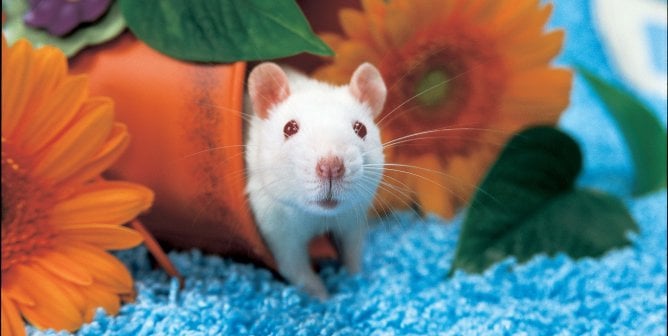PETA Exposé: Laboratories Regularly Mishandle Dangerous Bacteria and Deadly Viruses
PETA has exposed laboratories time and time again for their blatantly negligent staff who fail to comply with the basic standards required by animal welfare laws. These animal experimenters repeatedly ignore rules, callously cut corners, and recklessly reject reason—yet some of them are handling some of the world’s most dangerous pathogens.
That means the same people who forgot animals need oxygen to live and let mice starve to death are also tasked with protecting public health by ensuring that deadly viruses don’t escape from their laboratories.
Despite their track record of incessant incompetence, they operate in secrecy with little to no oversight or accountability for life-threatening blunders that jeopardize public health.
Breeding the Next Pandemic
More than 200 U.S. laboratories work with deadly pathogens, including coronaviruses and those that cause Ebola, anthrax, smallpox, avian flu, West Nile, Zika, dengue fever, Lyme disease, and bubonic plague.
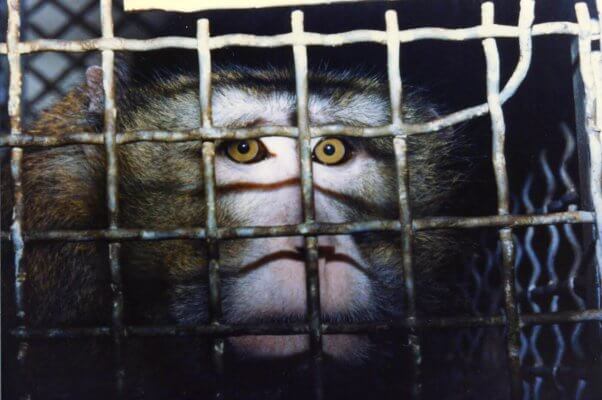
These pathogens are divided into several biosafety level (BSL) categories, including the following:
- Level 2: These pathogens pose a moderate hazard to humans and the environment.
- Level 3: These are airborne pathogens that cause serious and potentially lethal infections to humans. Staff working with these pathogens wear respirators and full-body suits and work in contained environments with filtered air. These infectious materials are transported and manipulated inside sealed containers to minimize the risk of spills.
- Level 4: These are extremely dangerous pathogens, such as Ebola, Marburg, and Lassa viruses, that pose a high risk of infection and life-threatening diseases. Workers handling them are required to wear pressurized full-body protective gear, take a chemical decontamination shower before leaving the laboratory, and shower again before putting their personal clothes on. These pathogens are studied in sealed, airtight facilities that have regulated air pressure to ensure that they don’t escape.
Avoiding Responsibility Like the Plague
At “top” tax-funded facilities around the country, workers at all levels have failed to follow basic safety protocols in place to safeguard public and environmental health. Below are just a few examples.
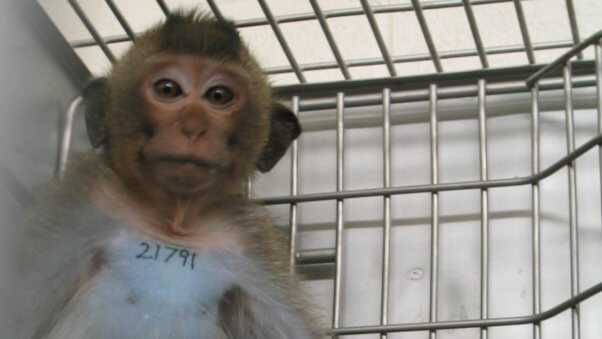
At the Centers for Disease Control and Prevention, which operates BSL-2, -3, and -4 laboratories, a facility containing highly infectious bacteria was sealed with duct tape, equipment failures repeatedly compromised pathogen containment, and staff handled viruses without wearing proper protective equipment on multiple occasions.
Read the details here.
- An employee discovered air escaping into a hallway from a laboratory containing a highly infectious fever bacterium that spreads through airborne particles. Another employee said the air was also blowing into a room where animals were held.
- A containment door for a laboratory that experiments with a highly infectious bacterium was “sealed” with duct tape.
- Laboratories studying the deadly avian influenza virus and drug-resistant strains of tuberculosis lost power for over an hour after a backup generator failed, affecting proper containment airflow.
- The chemical decontamination shower failed in a level-four laboratory.
- A power malfunction affected a building’s containment airflow for an hour.
- When spores were mishandled and mistakenly sent to a laboratory that didn’t use adequate personal protective equipment, 85 workers risked exposure to anthrax bacteria.
- A worker risked exposure to Ebola after the deadly virus was mistakenly sent to the wrong laboratory and handled without adequate personal protective equipment.
- Multiple laboratories lost their containment airflow after a power outage, resulting in a “near miss for anyone working in the lab.” The laboratories weren’t immediately notified, and “some lab work may have occurred in labs that should have been closed.”
- A research team was suspended for three years for serious violations in handling the Japanese encephalitis virus, which causes fatal brain inflammation.
Staff at the National Institutes of Health, which operates BSL-2, -3, and -4 laboratories, found 327 glass vials dating back to the 1940s and ’50s containing various dangerous pathogens inside an unlocked storage room where they had been forgotten. Workers wearing inadequate personal protective equipment loaded them into a cardboard box and carried them to a facility two blocks away. During transport, one vial shattered, releasing the infectious virus it contained.
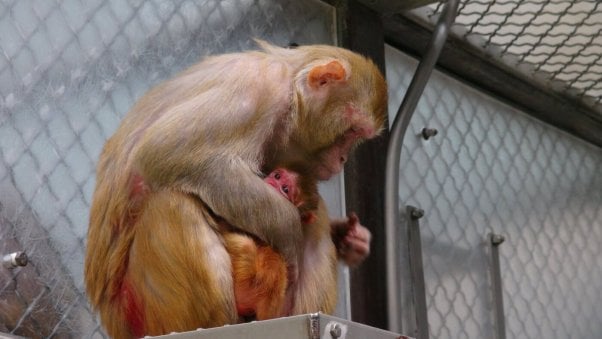
At a Fort Detrick Army Garrison facility that researches agents of biological warfare and bioterrorism in BSL-2, -3, and -4 laboratories, workers mistakenly released contaminated wastewater into the local environment and worked with infected monkeys without wearing proper protective equipment.
Read about its other violations here.
- An experimenter working with a dangerous bacterium became infected and contracted “rabbit fever,” a type of pneumonia with symptoms of fever, chills, and headache. She didn’t notify the laboratory of her illness after wrongly assuming she’d caught it from her children.
- After workers pumped wastewater into a broken holding tank, two to three thousand gallons of unsterilized liquid waste from laboratories working with Ebola, anthrax, and other pathogens escaped, spewing just a few feet away from a storm drain emptying into a public park creek that runs through Frederick, Maryland.
- During an inspection, employees were observed not wearing appropriate personal protective equipment, including while working in the same room as an infected monkey.
- After equipment malfunctioned and staff made a mistake, 100 gallons of contaminated wastewater flooded out of a storage tank, which resulted in an employee being placed on a three-week medical watch.
Staff at the University of North Carolina–Chapel Hill, which operates BSL-2 and -3 laboratories, repeatedly mishandled infected animals and exposed themselves to coronavirus-contaminated materials.
Read the details here.
- Two employees required medical monitoring after a mouse infected with a coronavirus escaped inside a laboratory.
- A staff member knocked over a dirty cage that housed coronavirus-infected mice, exposing two other employees to contaminated debris.
- A staff member was bitten by a mouse infected with a coronavirus but wasn’t required to quarantine.
- An employee dropped pieces of lung from an infected mouse, spilling coronavirus material onto the floor.
- An experimenter was bitten by a mouse, exposing them to the virus that causes COVID-19.
At Tulane National Primate Research Center, which is affiliated with Tulane University and operates BSL-2, -3, and -4 laboratories, improper disposal of infected monkeys’ bodily fluids, including blood, allowed a deadly bacterium to escape into an outdoor environment, infecting additional animals. In another incident, workers spread more than 8,000 gallons of wastewater around the university’s property and waited 11 months before notifying state environmental officials.
Read the details here.
- Two monkeys kept in outdoor cages became infected with a deadly bacterium that’s so dangerous it’s designated as a bioterrorism weapon by the U.S. government. The bacterium causes melioidosis, a severe infection with symptoms of fever, pneumonia, pus-filled wounds, sepsis, and even death.
- Government inspectors found that contaminated clothing and wastewater allowed the bacteria to spread from Tulane’s indoor laboratories, infecting the monkeys outdoors. During experiments, monkeys’ blood and other bodily fluids were flushed down drains without proper disinfection. After killing the animals, experimenters left them to bleed out directly into sinks with drains that emptied into outdoor wastewater ponds. Tulane waited a month before notifying occupational health officials about its employees’ exposure to the deadly pathogen, and local residents weren’t informed for two months.
- Workers clearing a wastewater treatment plant spread more than 8,000 gallons of sewage sludge that likely contained dangerous bacteria around Tulane’s property. The school waited 11 months before notifying state environmental officials.
And the list goes on and on.
What You Can Do
Please TAKE ACTION by telling the Centers for Disease Control and Prevention to prevent the spread of dangerous diseases by banning the importation of monkeys destined for laboratories:

